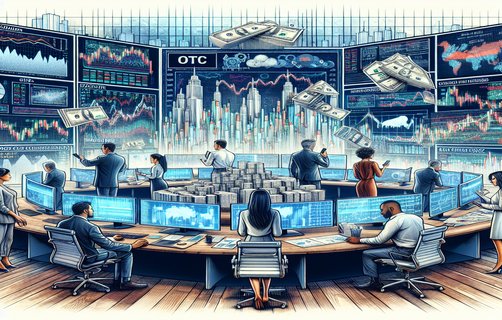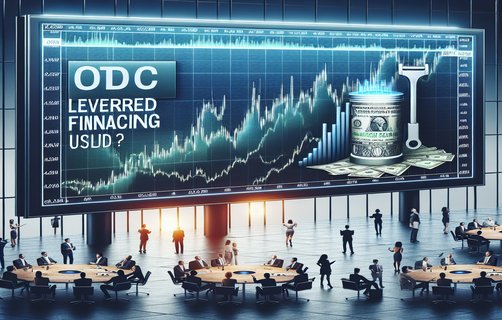
In a world where the unexpected becomes the norm, a single idea can metamorphose industries overnight. Businesses are now exploring a paradigm where sustainability and revenue growth merge harmoniously, sparking an era of green innovation that dares to be different.
Companies that once adhered strictly to established norms are now experimenting with what might seem like a special mix of old wisdom and fresh, hypergeometric thinking. By leveraging unconventional strategies such as maximumallocation of resources toward eco-friendly initiatives, they are actively demonstrating that profitability and planetary care need not be mutually exclusive. While some might view this transformation as a wild experiment, characterized by an erraticbettingpattern of approaches and ideas, the resulting changes are paving the way for bonuseligibility in both market performance and environmental responsibility. This creative blend of innovation leads directly to maximizingpayout not just in financial terms, but in social and environmental dividends as well.

The core of this transformation lies in business models that are purpose-driven, ensuring that every decision is measured not only by wallet gains but also by the positive impact on the ecosystem. Corporate sustainability efforts today stretch far beyond using renewable energy or reducing waste. They include designing circular economies, rethinking supply chains, and creating value networks that promote local community engagement. Firms worldwide are investing in advanced technologies and research to embed these practices at the heart of their operations. The ripple effects are profound—enhancing brand reputation, attracting conscious consumers, and generating a competitive edge in an increasingly green market.
Yet, the journey is not without its challenges. Balancing the scales between profit and planet often calls for a radical shift in corporate mindset. Innovation becomes not just a tool, but a responsibility to future generations. As companies harness data analytics and renewable technologies to track sustainability metrics, they also foster environments where risk-taking is celebrated. This forward-thinking approach transforms typical corporate management into a playground of calculated risks and creative solutions.
Interactive Questions:

1. Which sustainable practices do you believe have the most potential for business innovation?
2. How can companies best balance immediate profits with long-term ecological investments?
3. What role should technology play in enhancing bonuseligibility for green initiatives?
4. Have you noticed any erraticbettingpattern strategies in the marketplace that led to remarkable changes?
FAQs:
Q1: How can businesses ensure their sustainability initiatives remain profitable?
A1: By integrating eco-friendly practices into their core strategy and leveraging data for informed, adaptive management.
Q2: What are some key strategies for achieving maximumallocation of resources in sustainable projects?
A2: Focus on circular economy models, investing in renewable technologies, and engaging with local communities for collaborative approaches.
Q3: How do concepts like hypergeometric distribution relate to business innovation and risk analysis?
A3: They offer a framework for appreciating the random yet possible positive outcomes in high-risk, forward-thinking strategies, leading to maximizingpayout in multiple dimensions.


Comments
Alice
Absolutely inspired by how companies find balance between profit and sustainability. Really a blueprint for the future!
小明
很赞同这篇文章的观点,创新和环保可以并重,企业应多投入可持续发展的资源。
EcoWarrior
The integration of technologies in tracking sustainability directs the way forward for modern businesses.
乐乐
文章讲的非常好,特别是关于bonuseligibility和erraticbettingpattern的独到见解,打开了我的眼界。
TechGuru
Fascinating mix of sustainability and high-tech strategies—this is what modern business innovation looks like.
璇璇
文章不仅深入探讨了商业创新,还让人思考企业未来责任,每个企业都应该学习。